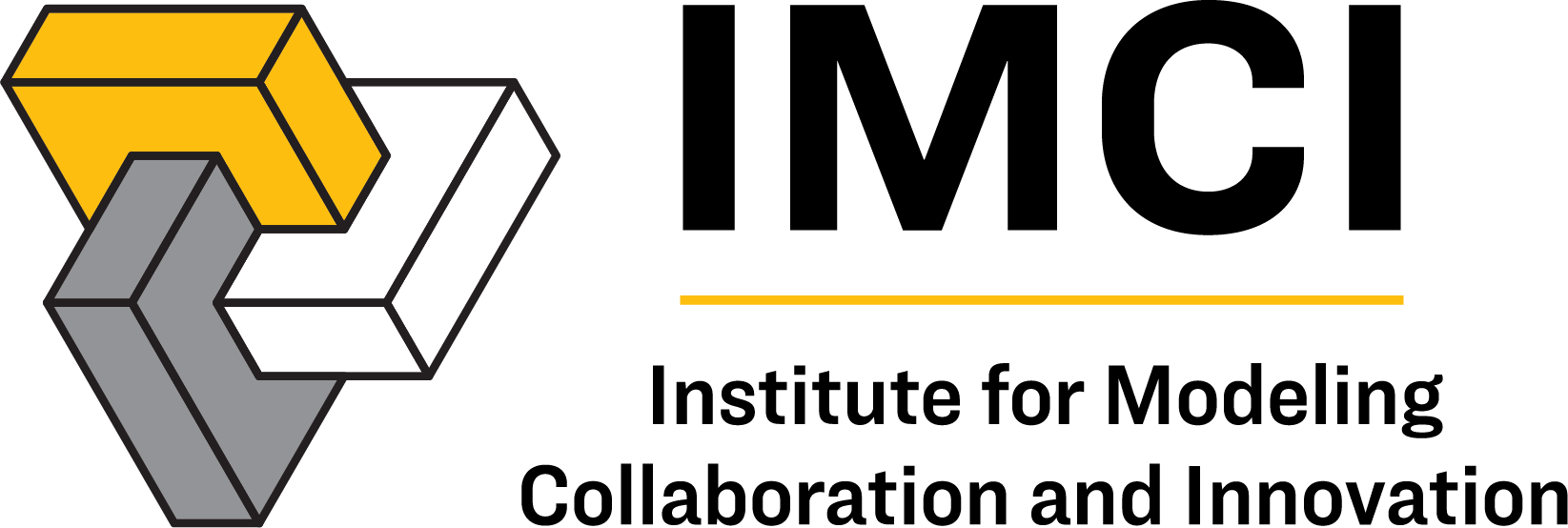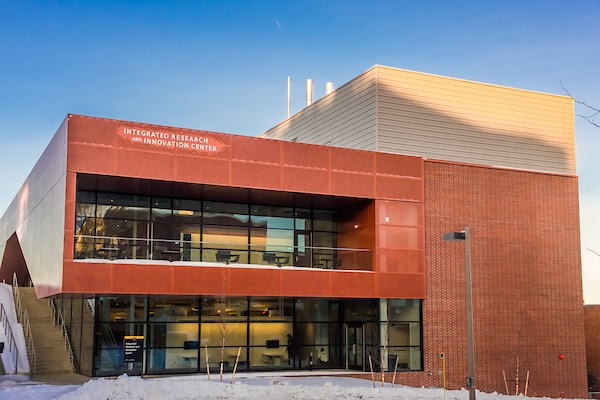Undergraduate Research at the U of I
CMCI is pleased to contribute to the research efforts at the University of Idaho and provide opportunities for students to gain hands-on field experience. Why is it important? President Chuck Staben recently asked David Pfeiffer, Director of the Office of Undergraduate Research, the same question and shared his answer in the Friday Letter – President…






